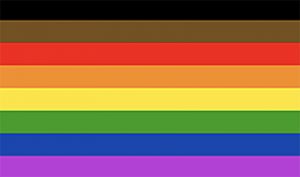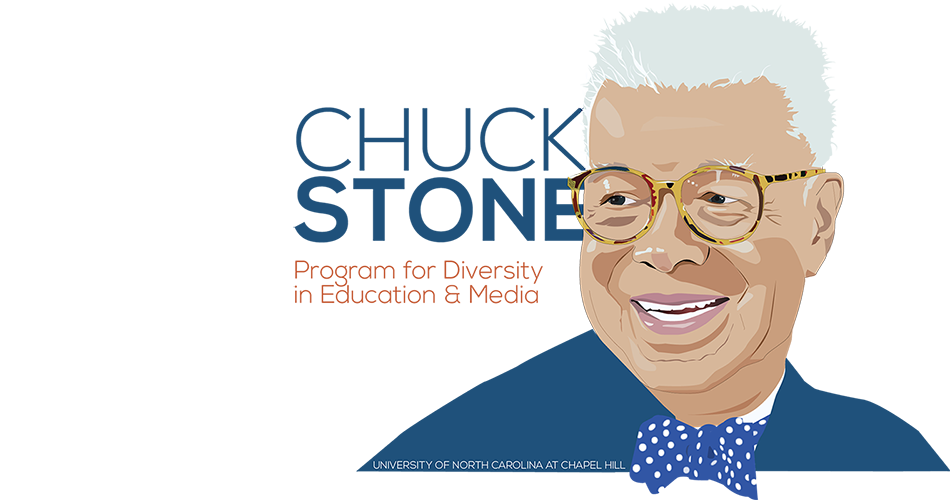Addressing race in the LGBT community is necessary for inclusion
By Layna Hong
Recent controversy over a color addition to the iconic Rainbow Pride flag has sparked a discussion within the LGBT+ community. The city of Philadelphia, partnered with the campaign More Color More Pride, has recently added brown and black stripes to their flag in response to a leaked video where the owner of a nightclub used racial slurs.
“People of color have been marginalized, ignored, and even intentionally excluded,” More Color More Pride stated.
 Many people, like Charley Beal, a friend of the original flag’s designer, Gilbert Baker, disagree with the decision.
Many people, like Charley Beal, a friend of the original flag’s designer, Gilbert Baker, disagree with the decision.
“The strips [on the original flag] were not chosen for skin color; They were chosen to reflect the spectrum of color in nature,” he told NBC in an interview about the additions to the flag.
LGBT+ individuals come with all different backgrounds, and these differences must be addressed. According to a study done by the National Coalition of Anti-Violence Program (NCAVP), only 38 percent of the U.S. population identify as people of color, but 60 percent of victims of anti-LGBT+ hate crimes identify as such.
UNC-Chapel Hill assistant professor Joe Cabosky works with how strategic communication and public relations materials portray minority groups, like LGBT+ people. He agrees that this community, like most, is not perfect.
“Like in most of society, racism exists,” he said. “It exists within every group, including minority groups.”
NCAVP also found that Black and Hispanic transgender women made up 47 out of 88 people killed in anti-LGBT+ crimes from 2012 to 2015.
“Within any minority group, there’s often bigotry against other minorities. I think that one of the biggest things that each of these groups are arguing for is inclusion,” Cabosky said.
Acceptance for youth of color can be problematic as well, especially close to home. Advocates for Youth reports that youth of color have more problems coming out to their own families and loved ones, as opposed to their white counterparts. A study shows that about 80 percent of LGBT+ white people are out to their parents, compared to 71 percent of Latinos, 61 percent of African Americans and 51 percent of Asian Americans and Pacific Islanders (AAPI).
As a result, many organizations such as Queer People of Color Collective, API Equality and QLatinx were created to address the special issues that LGBT+ youth of color experience.
“Minorities are often inherently left behind because they are not in the majority,” Cabosky said. “It’s equally important for LGBT groups to be aware of racism in their [LGBT+] communities, as well as African American communities or Black Lives Matter to acknowledge that there is homophobia within their groups.”
